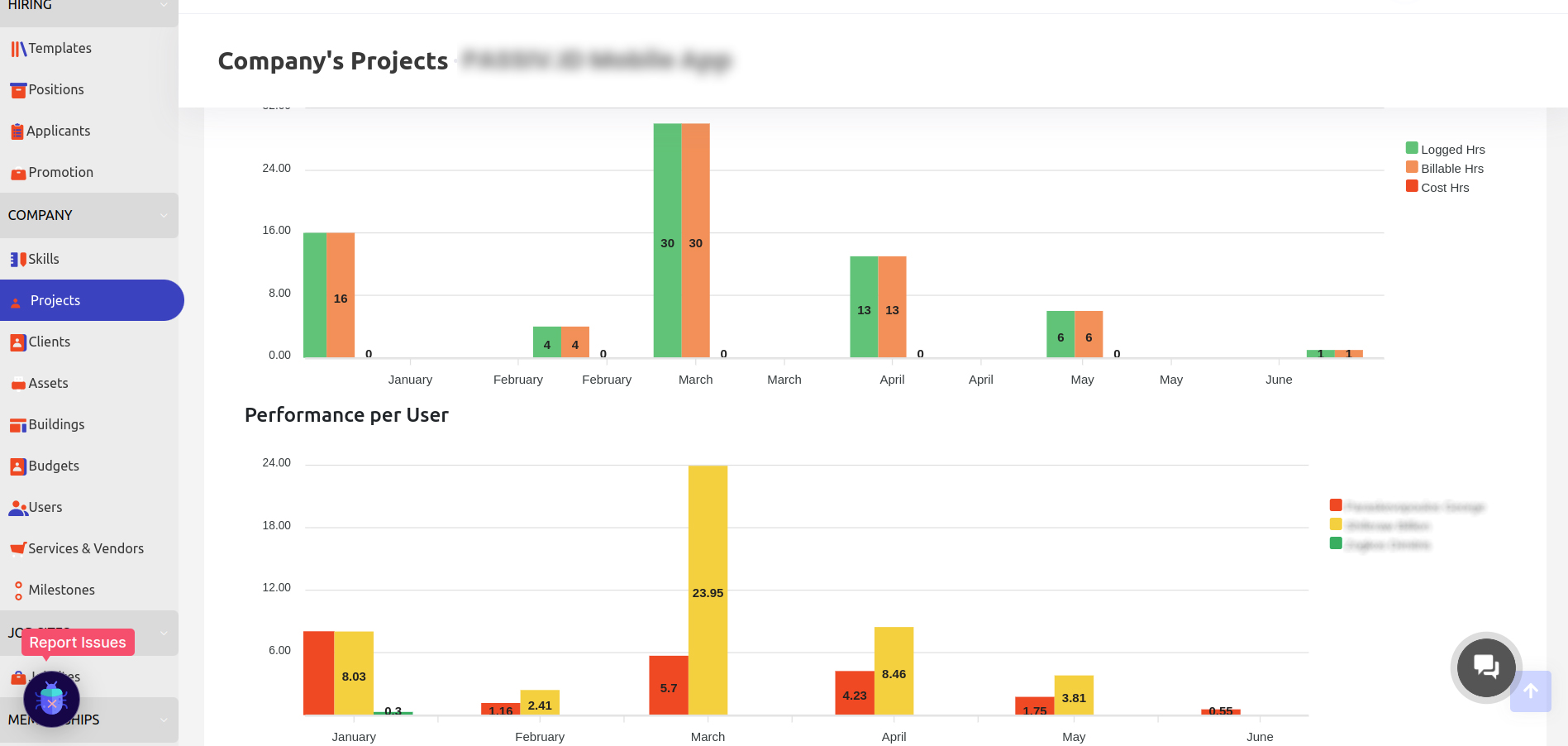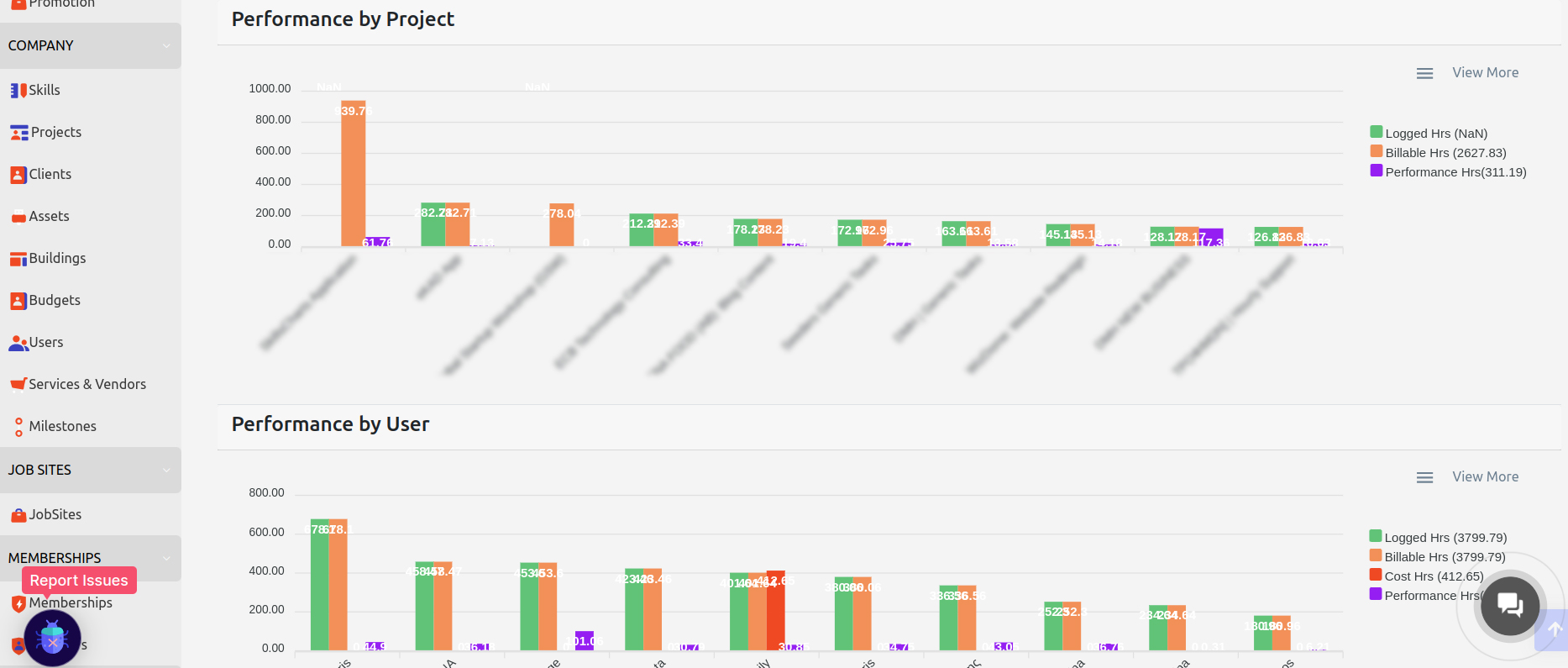
Empower your business with usefull analytics!
Data analysis is a crucial component of business intelligence. It involves the examination and interpretation of data to discover patterns, relationships, and trends. Data analysis techniques range from basic statistical calculations and data mining to advanced analytics, such as predictive modeling and machine learning. The goal of data analysis is to uncover valuable insights, make informed decisions, and identify opportunities or risks within the data.
Business intelligence (BI) refers to the strategies, technologies, and practices used by organizations to collect, analyze, and present data in order to support better decision-making and drive business growth. It involves the process of transforming raw data into meaningful and actionable insights that can be used to optimize business operations, improve efficiency, identify trends, and gain a competitive advantage.


